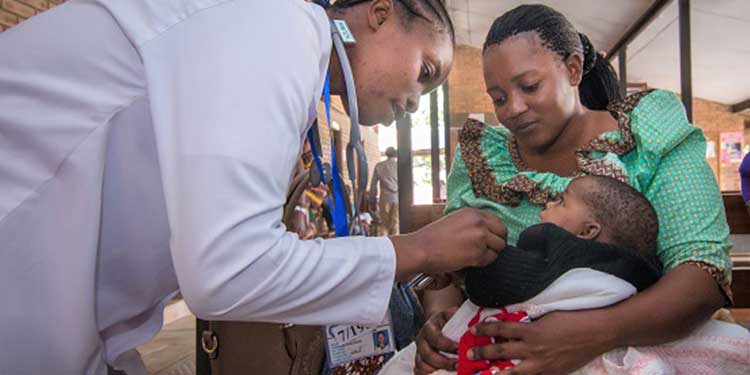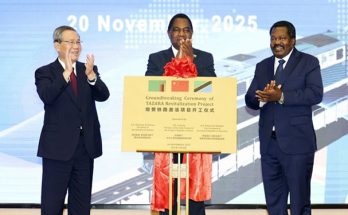
Tanzania’s healthcare delivery system has seen substantial change in recent years, and the Health Basket Fund (HBF) has emerged as a key force behind this development, particularly in the Morogoro Region.
The fund, which was established to increase access to high-quality healthcare services by means of cooperation between the government and development partners, has contributed significantly between the fiscal years 2021–2022 and 2024–2025. A new era of improved medical supplies, upgraded infrastructure, and improved personnel competencies across the nine councils in Morogoro Region alone has been brought about by the project.
The HBF gave the Morogoro Region a total of 21.59 billion/-between 2021 and 2025.
Twenty.91 billion of this sum was given directly to local government officials so they could carry out important health initiatives.
The money was thoughtfully distributed among many priority areas: Nearly 674 million dollars were set aside for regional-level health service control, over 2.8 billion dollars were set aside for supervision and monitoring, and 18 billion dollars supported the implementation of primary healthcare services.
By bringing life-saving services closer to communities, these investments—which are in line with national health objectives—have assisted in closing the gap between policy and practice.
Regional Health Secretary Ms. Verediana Kajala, speaking on behalf of Morogoro Regional Medical Officer (RMO) Mr. Best Magoma, stated that since the fund’s creation in 1999, HBF has developed into a vital source of better health care in the area.
“We are happy that the money we get from this program is going toward social services, nutrition care, and immunization programs,” she stated.
According to her, the area spends 35% of HBF on infrastructure improvements and the acquisition of medications and medical supplies.
The improvement of health infrastructure has been one of the fund’s most noticeable effects. The construction and renovation of vital facilities, including inpatient wards, outpatient buildings, waste incinerators, operating rooms, medical supply storage facilities, and residential housing for healthcare personnel, has benefited health centers and dispensaries throughout the region, she said.
These advancements have made it possible for even isolated areas to have access to safer and better-equipped healthcare facilities by greatly improving service delivery and working conditions for medical staff.
According to her, the HBF flow has also greatly aided the area in resolving the staffing shortage issue.



